
The goal for Murphy & Dittenhafer’s portion of the project is to preserve the authentic exterior appearance and make interior improvements that align with the period and style of the building.

Cruise down the Jones Falls Expressway toward Baltimore, just inside the city limits, and you might glimpse the tile roof of an old building barely visible beyond the concrete guardrail.
It’s the tip of an engineering iceberg.
Inside that historical structure – the Vernon Pumping Station – three huge pumps distribute more than a million gallons of water a day to area residents, funneling it through miles and miles of pipe to homes across much of Baltimore.
The city tapped Murphy & Dittenhafer Architects (in partnership with Pennoni Associates, Inc.) to help with a large-scale upgrade to the structure. It was an opportunity not just to bring the firm’s historical preservation expertise to bear but also to get a front row seat for something special.
“This is an interesting one that I’m pretty excited about,” said architect Bruce Johnson. “If you think about it, we’re helping to work on a man-made marvel here.”

‘Repair, protect, preserve’
The Vernon Pumping Station dates from 1931 and has the sort of wear you’d expect after 80-plus years.
The Spanish Colonial- style building’s tile roof needs repair, and the hope is that it can be finished without a complete relaying of the roof tile, Johnson said. There’s been some tile breakage but most can be saved and reused.
The terra cotta glaze on the site is damaged in places but repairable, too. There’s expected wear and tear around windows and doors—including some great original bronze-faced panel doors.
“You don’t see those too much anymore,” Johnson said.
The idea for M&D’s portion of the project, undertaken with the Maryland Historical Trust, is to maintain the authentic exterior appearance and make interior improvements that align with the period and style of the building, always with an eye toward modern functionality.
That’s a Murphy & Dittenhafer specialty, Johnson said.
“Any time you’re talking about historical sites, we approach it with great thought and respect,” he said. “We want to repair, protect, preserve.”
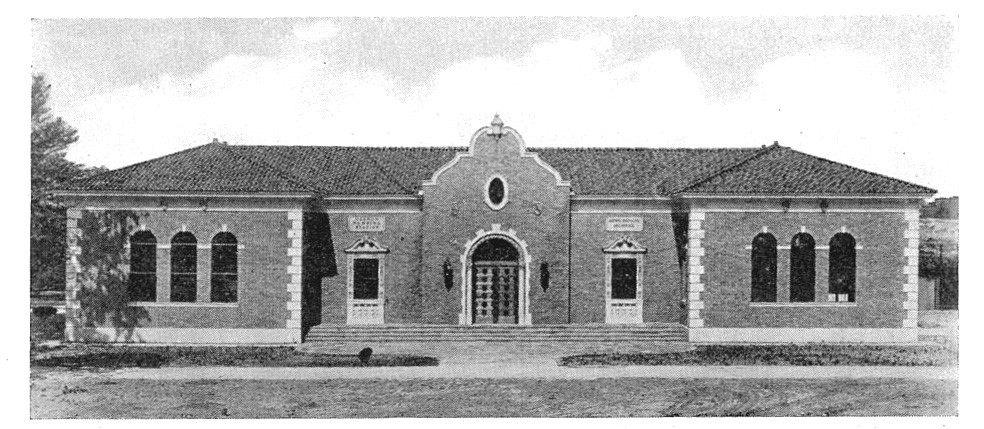
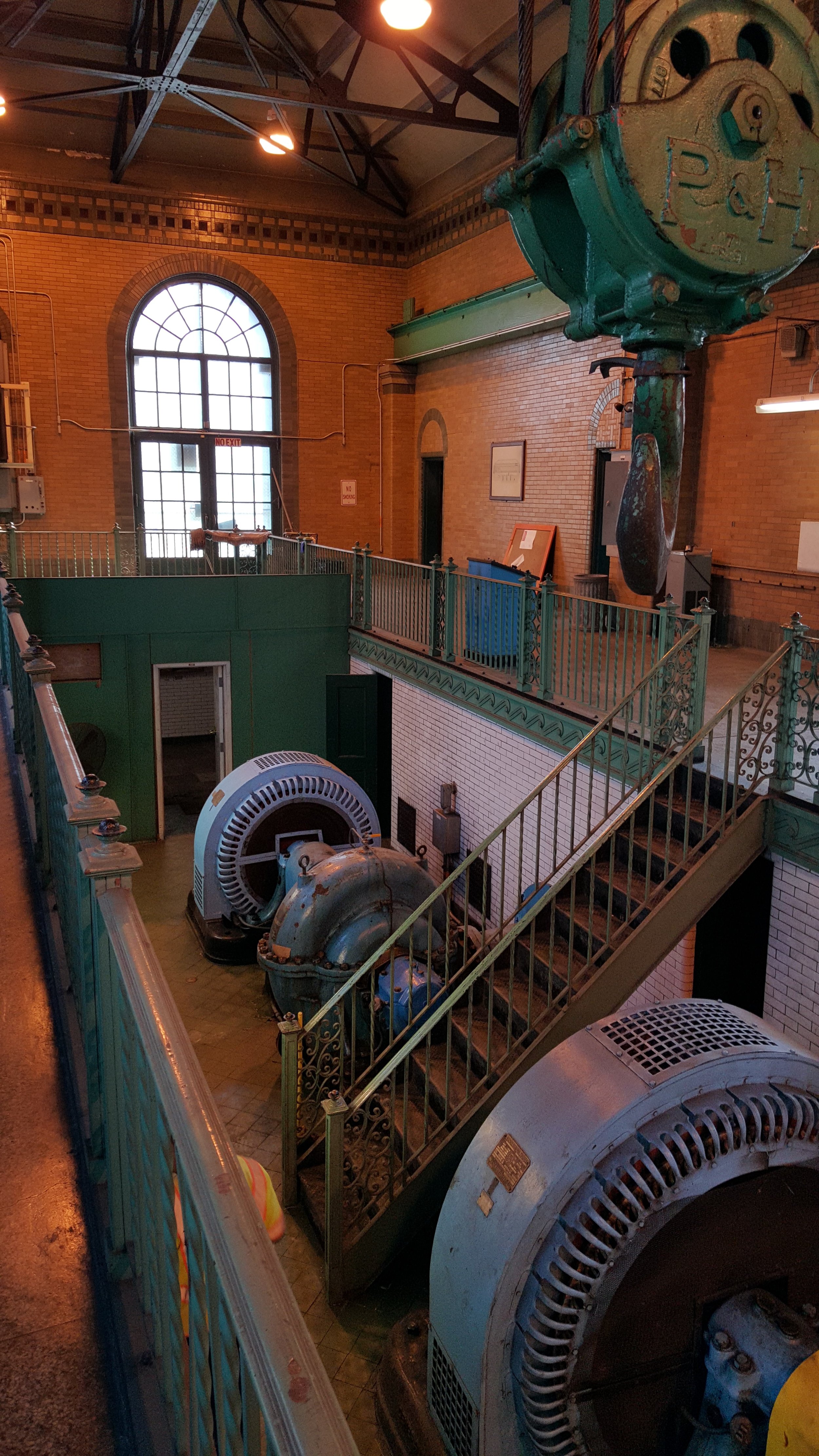
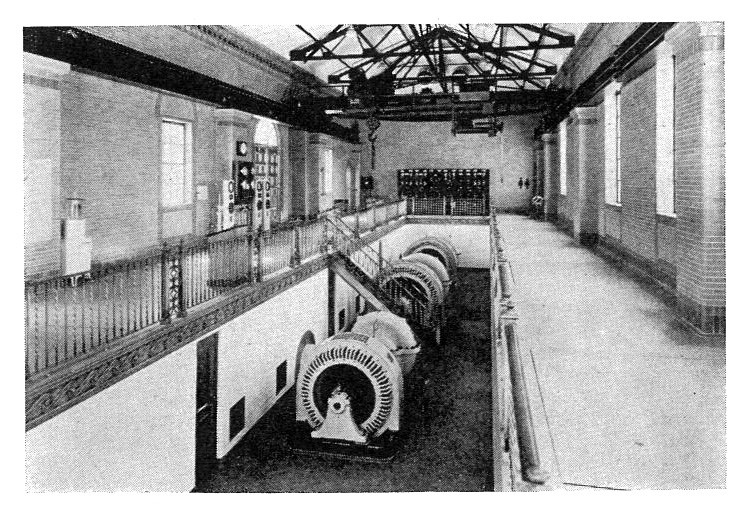
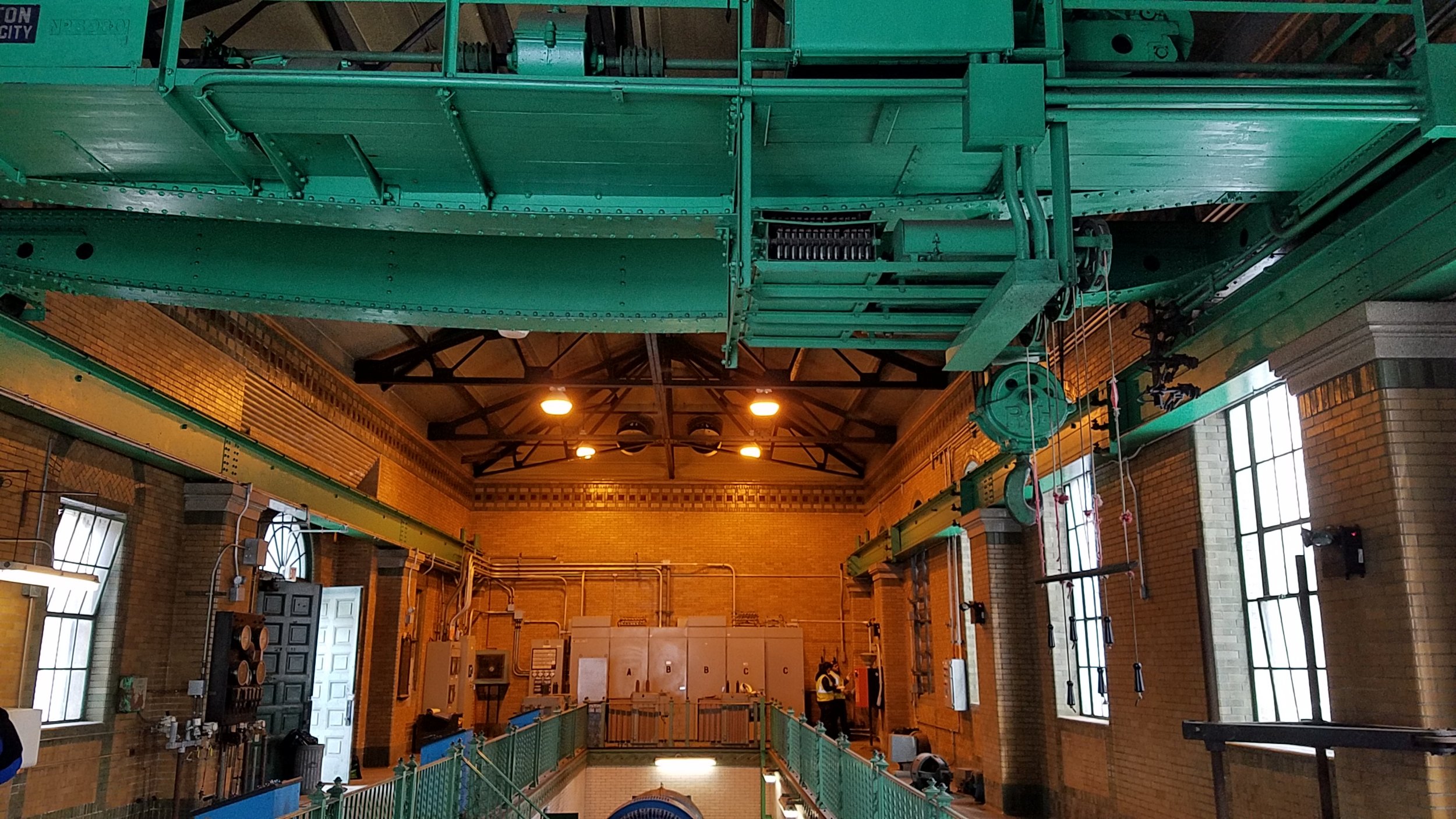

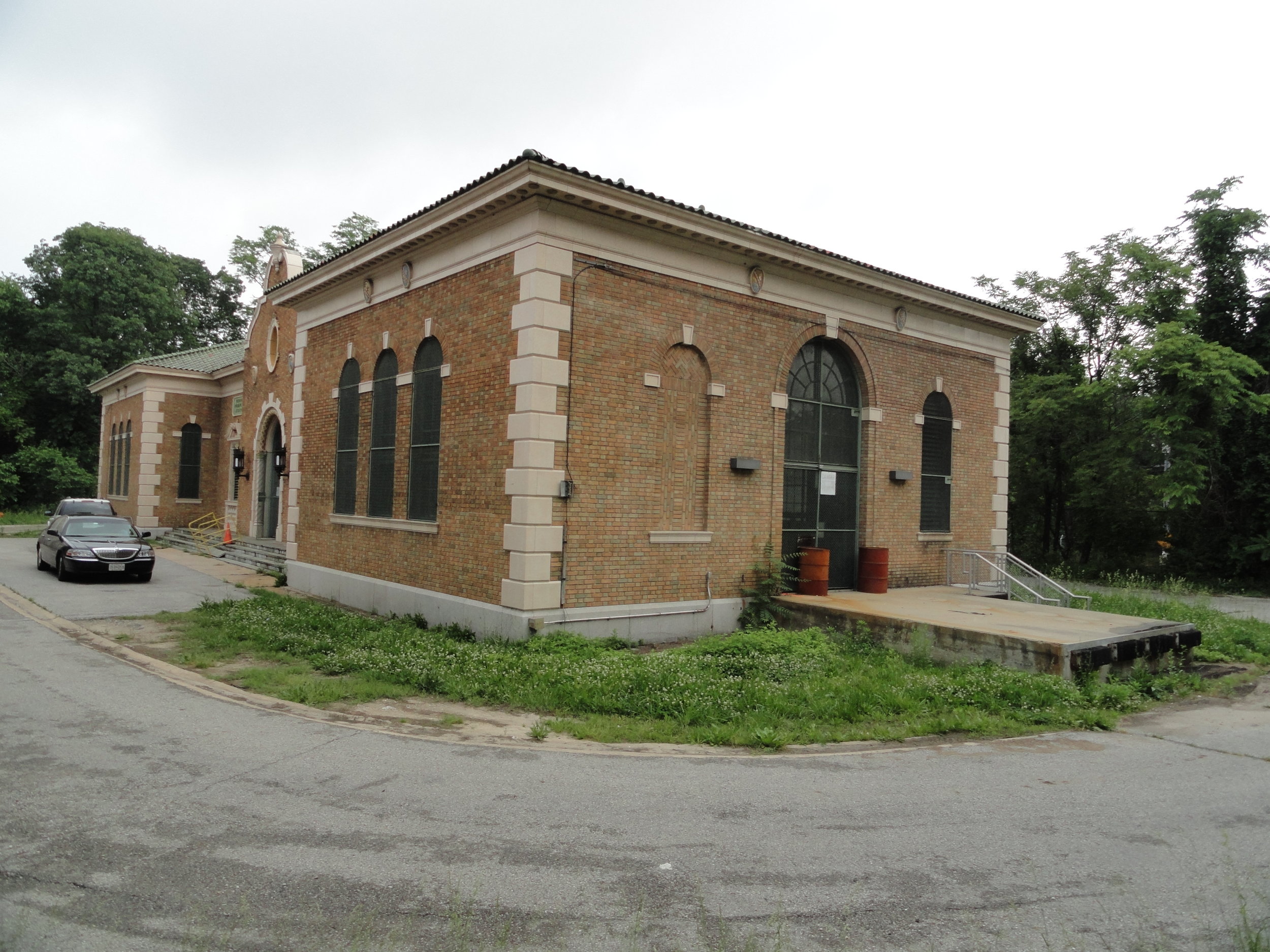
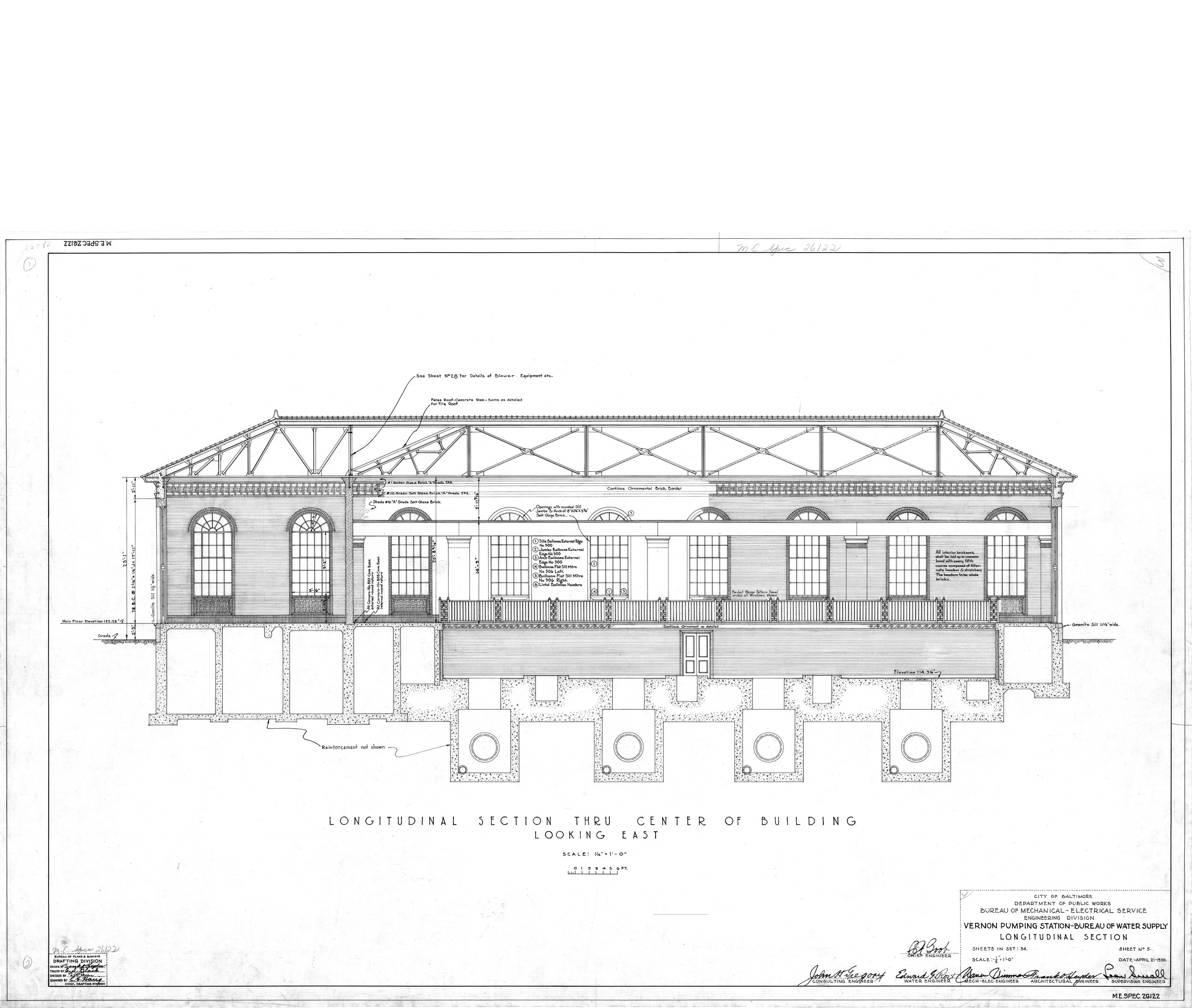






Part of a team
The impetus for the pumping station project came from a singular aspect of its original design: one large, buried outflow pipe that runs right under the JFX.
“You can imagine the fear,” Johnson said. “They’re thinking, ‘It’s been down there for 80 years, so how long until this thing springs a leak?’”
Like us on Facebook!
The new plan is to build a tunnel for that large outflow manifold, allowing for both better protection and access to the pipe. It’s a large excavation project still years away from completion for the city, but it’s exciting to think about.
For Johnson, the project has provided an opportunity to study the history of the water system in Baltimore, the sort of relevant research Murphy & Dittenhafer Architects often undertake to better understand their subject.
In this case that studying has revealed an array of settling tanks and spreaders scattered across Baltimore, an intricate web of pipes set under the city, and all told a better understanding of the scope and importance of the system.
“The whole thing to me has just been fascinating,” Johnson said. “It’s a very unique project, and I’m enjoying work on our little piece of it.”
Murphy & Dittenhafer Architects is working hard and collaborating with the community on an urban planning study for South George Street in York City.
“Historic preservation has always been a hallmark of ours for our 40-year history,” says M&D President Frank Dittenhafer II. These 10 projects exemplify our passion for this work.
It’s the 40th year of Murphy & Dittenhafer Architects, so Frank Dittenhafer II, President, is taking the time to highlight some of our most influential projects over the decades.
We’re celebrating 40 years of influence in Pennsylvania and Maryland. With that, we couldn’t help but reflect on some of the most impactful projects from our history.
Harford Community College’s expanded new construction Chesapeake Welcome Center is a lesson in Architectural identity
At Murphy & Dittenhafer Architects, we feel lucky to have such awesome employees who create meaningful and impressive work. Meet the four team members we welcomed in 2024.
The ribbon-cutting ceremony at the new Department of Legislative Services (DLS) office building in Annapolis honored a truly iconic point in time for the state of Maryland.
As Murphy & Dittenhafer architects approaches 25 years in our building, we can’t help but look at how far the space has come.
Murphy & Dittenhafer Architects took on the Architecture, Interior Design, & Overall Project Management for the new Bedford Elementary School, and the outcome is impactful.
The memorial’s groundbreaking took place in June, and the dedication is set to take place on November 11, 2024, or Veterans Day.
President of Murphy & Dittenhafer Architects, Frank Dittenhafer II, spoke about the company’s contribution to York-area revitalization at the Pennsylvania Downtown Center’s Premier Revitalization Conference in June 2024. Here are the highlights.
The Pullo Center welcomed a range of student musicians in its 1,016-seat theater with full production capabilities.
“Interior designs being integral from the beginning of a project capitalize on things that make it special in the long run.”
Digital animations help Murphy & Dittenhafer Architects and clients see designs in a new light.
Frank Dittenhafer and his firm work alongside the nonprofit to fulfill the local landscape from various perspectives.
From Farquhar Park to south of the Codorus Creek, Murphy & Dittenhafer Architects help revamp York’s Penn Street.
Designs for LaVale Library, Intergenerational Center, and Beth Tfiloh Sanctuary show the value of third places.
The Annapolis Department of Legislative Services Building is under construction, reflecting the state capital’s Georgian aesthetic with modern amenities.
For the past two years, the co-founder and president of Murphy & Dittenhafer Architects has led the university’s College of Arts and Architecture Alumni Society.
The firm recently worked with St. Vincent de Paul of Baltimore to renovate an old elementary school for a Head Start pre-k program.
The market house, an 1888 Romanesque Revival brick structure designed by local Architect John A. Dempwolf, long has stood out as one of York’s premier examples of Architecture. Architect Frank Dittenhafer is passing the legacy of serving on its board to Architectural Designer Harper Brockway.
At Murphy & Dittenhafer Architects, there is a deep-rooted belief in the power of combining history and adaptive reuse with creativity.
University of Maryland Global Campus explores modernizing its administration building, which serves staffers and students enrolled in virtual classes.
The Wilkens and Essex precincts of Baltimore County are receiving solutions-based ideas for renovating or reconstructing their police stations.
The firm has earned the designation annually since 2016 in recognition of its commitment to supporting newer professionals in the field.


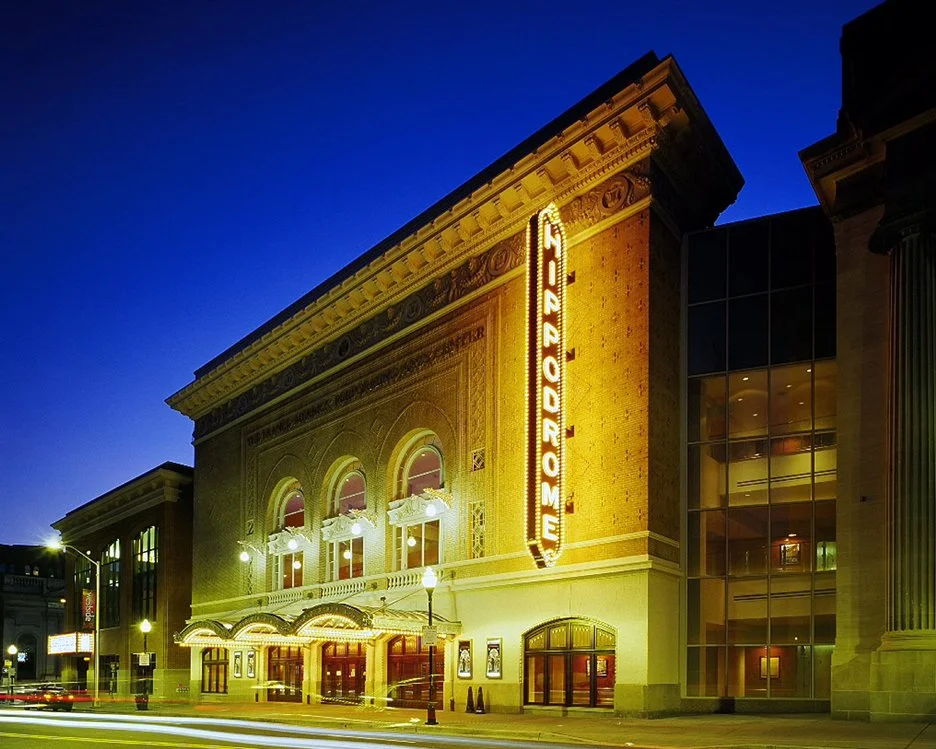
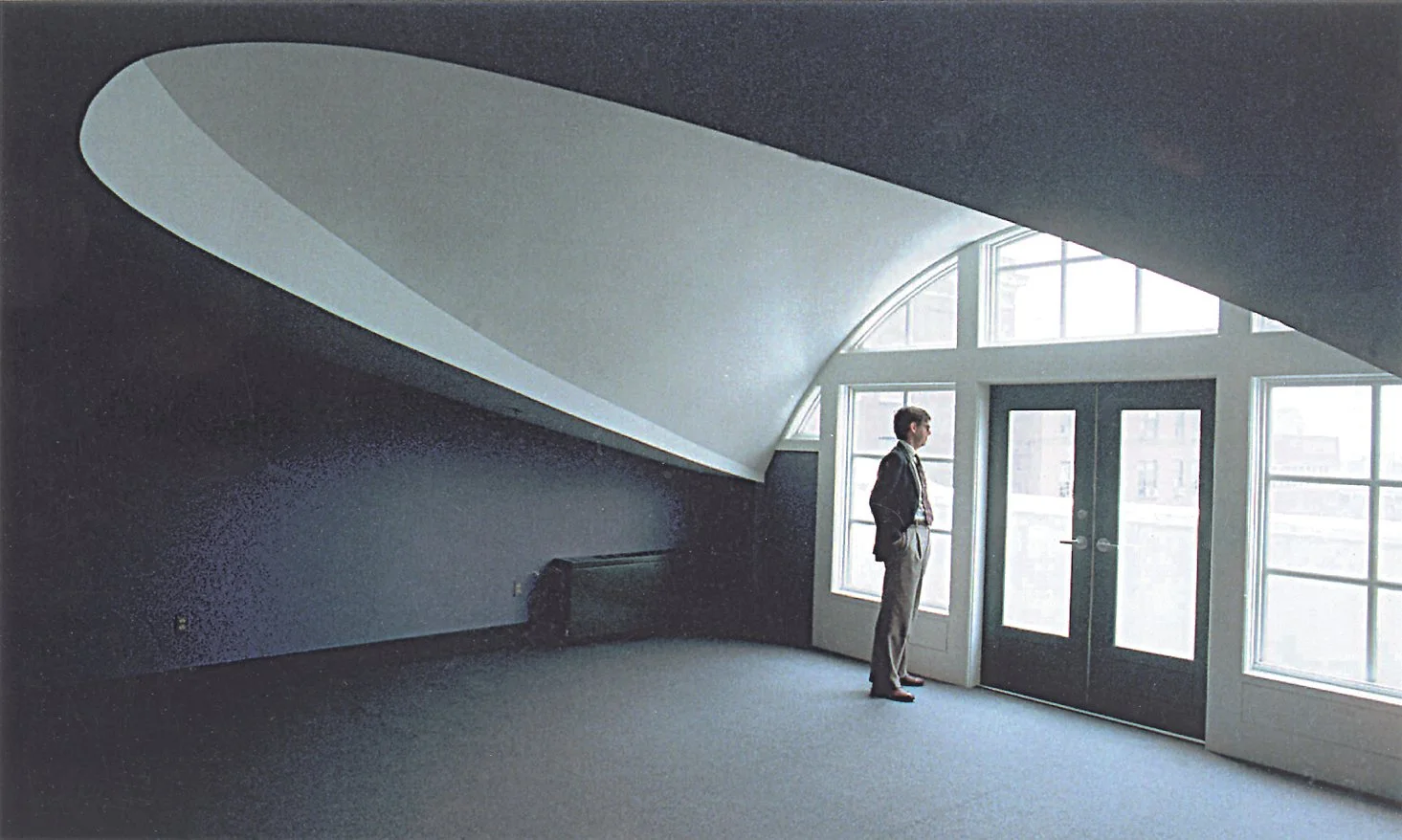


























To round out our 40th-year celebrations, enjoy 10 more impactful and diverse Architecture projects designed by M&D. These projects, most of which have received design awards, confirm the variety in design (from scale to usage) that we continue to be involved in today.